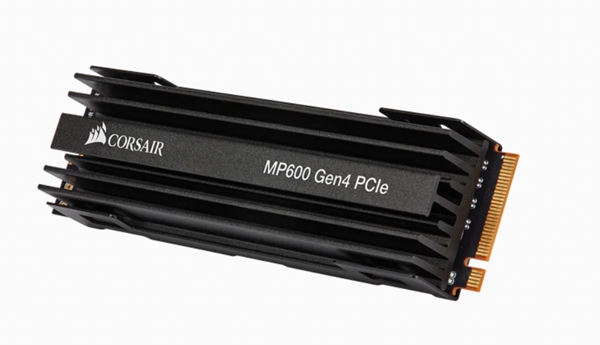Corsair is a renowned brand in the computer hardware industry. The company has a big list of amazing products including the SSDs. So, I am here again to help you make a selection between two of the most popular products from Corsair.
I have got a lot of requests to give my suggestions on Corsair MP400 vs Corsair Force MP600 SSDs. I know there are going to be huge speed differences because of the different interfaces used.
The MP400 is making use of 4 lanes of PCIe 3.0 along with NVMe whereas the Force MP600 is making the most of 4 lanes of PCIe 4.0 along with NVMe. It means, using a suitable motherboard, you can easily reach very high data transfer speeds with the Force MP600.
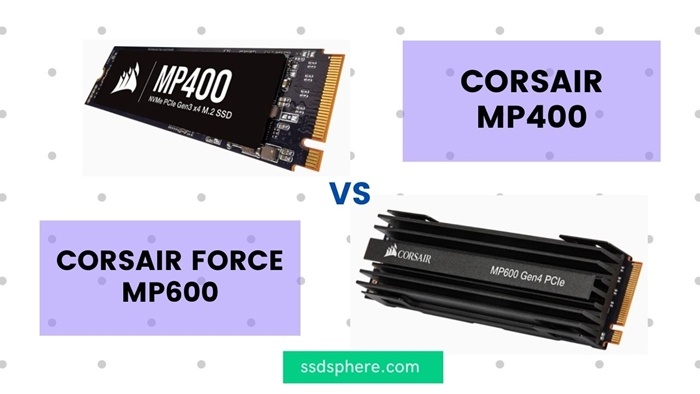
But, still, there are reasons to go for the MP400 as well. We are going to discover all those things here in this article. So, without any further delays, let’s get started.
Theoretical Specs (Comparison)
First of all, let’s simply compare the the theoretical specifications and see what are the difference when we talk about the written data about these products.
| Specifications | Corsair MP400 | Corsair Force MP600 |
|---|---|---|
| Capacity | 1TB – 8TB | 500GB – 2TB |
| Interface/Form Factor | x4 PCIe 3.0/NVMe/M.2 2280 | x4 PCIe 4.0/NVMe/M.2 2280 |
| Seq. Read Speed | Up to 3400 MB/s | Up to 4950 MB/s |
| Seq. Write Speed | Up to 3000 MB/s | Up to 3950 MB/s |
| Random Read 4K,QD32 (IOPS) | Up to 190K IOPS | Up to 680k IOPS |
| Random Write 4K,QD32 (IOPS) | Up to 470K IOPS | Up to 600k IOPS |
| Power Consumption | 4.0W Average | 6.5W Average |
| Warranty Period | 5 Years | 5 Years |
| Image | 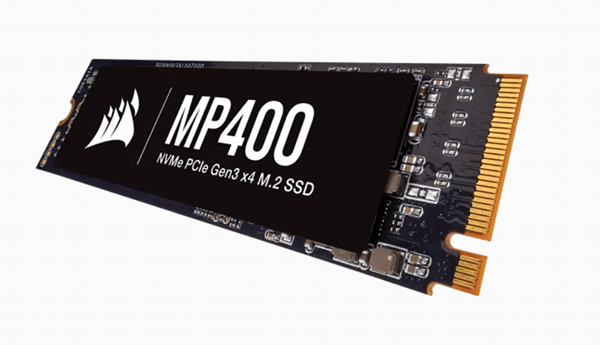 | 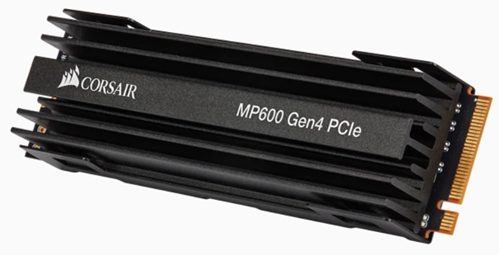 |
| Official Website | Corsair MP400 | Corsair MP600 |
With this table, you can clearly see that the Force MP600 is offering you a very high data read/write speed.
Note: The speed shown for Force MP600 can be achieved only when you use it on a PCIe 4.0 supported motherboard and port. A PCIe 3.0 will bottleneck its speed up to 3500/3000MB/s.
Synthetic Benchmark Scores (Comparison)
We are here comparing the average results which we have seen after testing them on a PCIe 4.0 motherboard. Both the SSDs were 100% empty before the test started. I filled them by 100% and then these are the results for you. The processor was Intel i5 8th Gen with 8GB and 3200MHz RAM.
| Parameter (Avg.) | Corsair MP400 | Corsair Force MP600 |
|---|---|---|
| Sequential Read | 1,578 MB/s | 3,126 MB/s |
| Sequential Write | 1,512 MB/s | 2,758 MB.s |
| Random 4KB Read | 52.2 MB/s | 71.3 MB/s |
| Random 4KB Write | 164.7 MB/s | 169.1 MB/s |
| Deep Queue 4K Read | 687.3 MB/s | 1,267.6 MB/s |
| Deep Queue 4K Write | 845.7 MB/s | 962.1 MB/s |
Again, the speed of Force MP600 will be bottlenecked if we use it on a PCIe Gen 3.0 motherboard. However, the MP600 is clearly a winner when it comes to both sequential and random read/write speeds.
OS and Software Booting Times
Let’s see how fast these SSDs can open certain software and the Windows operating system.
| OS/Software | Corsair MP400 | Corsair Force MP600 |
|---|---|---|
| Windows 10 (Intel i5 8th Gen) | Ready to use in 25 Seconds | Ready to use in 20 Seconds |
| Google Chrome | Within 4 Seconds | Within 3 Seconds |
| Adobe Photoshop | ~21 Seconds | ~17 Seconds |
| Fortnite | ~48 Seconds | ~42 Seconds |
| Tomb Raider | ~25 Seconds | ~21 Seconds |
These results can vary as per your overall system configurations. But, still, if you are using the Force MP600 on a Gen 4.0 motherboard, you are going to see good results for sure.
Endurance
Let’s compare the total endurance offered by these SSDs and see how much of life you can expect from these.
| Version (Capacity) | Corsair MP400 | Corsair Force MP600 |
|---|---|---|
| 500GB | Version not available | 850 |
| 1TB | 200 | 1,800 |
| 2TB | 400 | 3,600 |
| 4TB | 800 | Version not available |
| 8TB | 1600 | Version not available |
| MTBF (Mean Time Between Failure) | Corsair MP400 | Corsair Force MP600 |
|---|---|---|
| All Variants | 1.8 Million Hours | 1.8 Millions Hours |
I am pretty impressed with the TBW ratings we are getting with the Force MP600. So, in terms of endurance, the MP600 is definitely a winner.
NAND, Controller, Cache, etc
Let’s compare the core hardware components of both these SSDs and see which one is capable of offering much more effective things to you.
The Corsair Force MP600 is using a better NAND (TLC 3D) along with a faster DRAM Cache i.e. DDR4 DRAM. Also, the Phison E16 controller is much more upgraded as compared to the MP400’s Phison E12S. However, the controller configurations are the same.
Along with this, the Corsair Force MP600 is equipped with a metallic heatsink for a better heat absorption. This is because it is going to reach very high data read/write speeds and the chances of high temperatures are more. If we talk about the MP400, we can understand that a heatsink is not required at all because it is a normal PCIe 3.0 x4 SSD.
Price
Surely, the price of Corsair Force MP400 is going to be much more higher as compared to the MP400. The prices keep rising and falling. So, I would suggest you checking live prices.
My Honest Opinion: Corsair MP400 vs Corsair Force MP600
If you are a hardcore gamer and you have a PCIe 4.0 motherboard with a free M.2 NVMe port, you should surely go for the Force MP600 if your budget can afford. However, there is a very small price difference between the both.
But, if you have a PCIe 3.0-only motherboard, there is no point to buy the Force MP600. In that case, you should definitely choose the MP400. Even if you have high data speed read/write requirements, the Corsair MP400 would do all your works because it also has a great speed to offer.
But, if you just want to go for the best, the Force MP600 is always there for you. It has an impressive speed and you will have to pay a just little bit higher. If I was at your place with a PCIe 4.0 motherboard, I would surely love to try the Force MP600’s speed. But, if you are Ok with around 1500MB/s data read/write speed, just buy the MP400.
Thanks for reading!
My Favorite SSDs in 2021
| Image | Model | Features and Specs | Price |
|---|---|---|---|
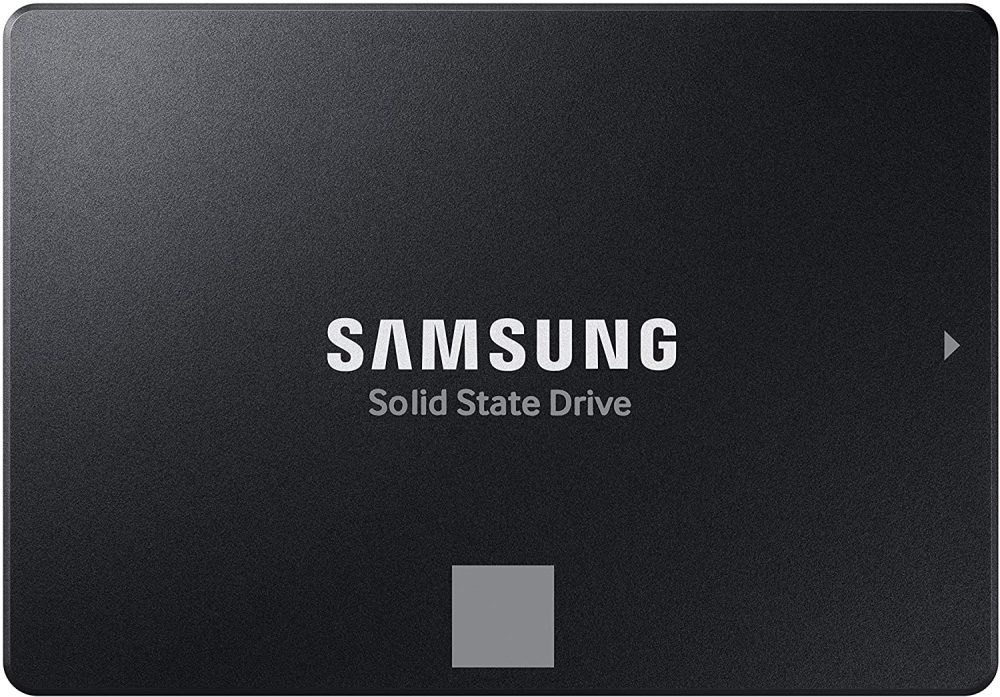 | Samsung 870 Evo | Capacity: 250GB – 4TB Interface: SATA Speed: 550/510 MB/s Endurance: 2,400 TBW | Check Price |
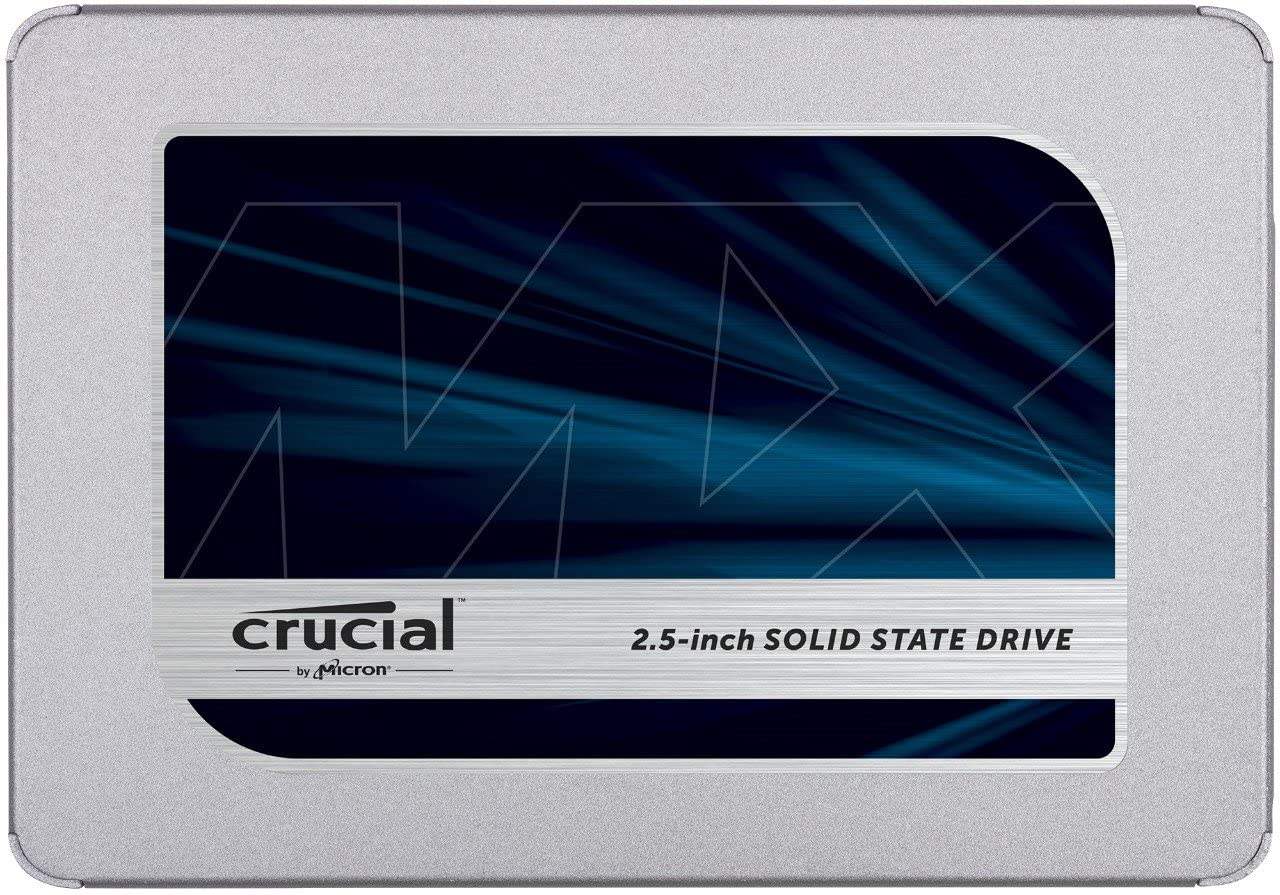 | Crucial MX500 | Capacity: 250GB – 4TB Interface: SATA Speed: 560/530 MB/s Endurance: Up to 700 TBW | Check Price |
 | Samsung 970 Evo Plus | Capacity: 250GB – 2TB Interface: PCIe 3.0 Speed: 3500/2500 MB/s Endurance: 1200 TBW | Check Price! |
 | Crucial P5 | Capacity: 250GB – 2TB Interface: PCIe 3.0 Speed: 3400/3000 MB/s Endurance: 1200 TBW | Check Price! |
 | Kingston A2000 | Capacity: 250GB – 1TB Interface: PCIe 3.0 Speed: 2200/2000 MB/s Endurance: 600 TBW | Check Price! |
